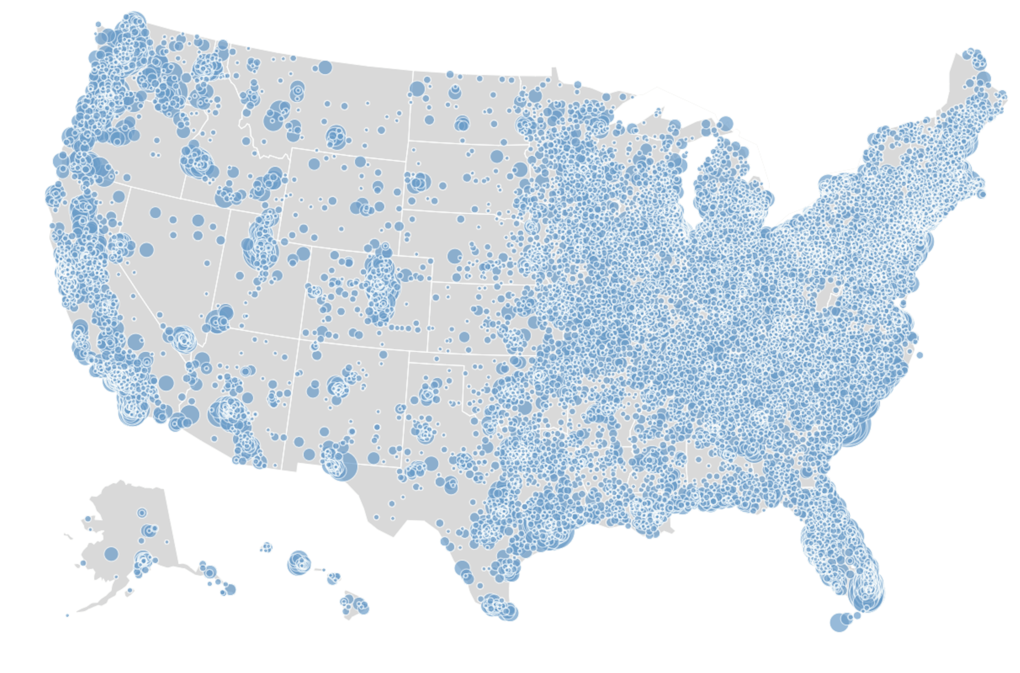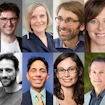
Rawpixel / iStock
SPARK (Simons Foundation Powering Autism Research for Knowledge) is an autism research initiative that aims to recruit, engage and retain a community of 50,000 individuals with autism and their family members living in the United States.
Since its national launch in April 2016, it has now enrolled over 65,000 people with autism, making it the largest autism research study to date.
The latest project stats are summarized below:
- Over 167,000 SPARK participants (including individuals with autism, parents and siblings) are now enrolled in SPARK. Over 54,000 of these participants are children with autism and 11,000 are adults with autism.
- Phenotypic data from 150,064 participants (including more than 59,000 individuals with autism) and genomic data for 27,615 participants (including 5,279 simplex families) are currently available to approved researchers via SFARI Base. Additional data will be released this summer.
- The SPARK clinical site network includes 31 university-affiliated research clinics in 26 states across the United States. More than half of SPARK participants are recruited through these sites.
- The SPARK consortium has completed a pilot study that genetically characterized 457 families enrolled in SPARK1.
- 48 research projects involving SPARK participants have been initiated through the research match program. These studies are diverse and include online surveys, brain imaging studies, genotype-phenotype studies and clinical trials. Over 41,000 unique families have been invited to participate in a research match study; among these, more than 18,000 families have participated in at least one. Two papers resulting from research match studies have now been published2, 3 and more are in preparation.
To find out more information about SPARK, including how to recruit SPARK participants into new autism research studies, please visit https://www.sfari.org/resource/spark/.



